The Mutilated
Yankl Adler
1942–1943
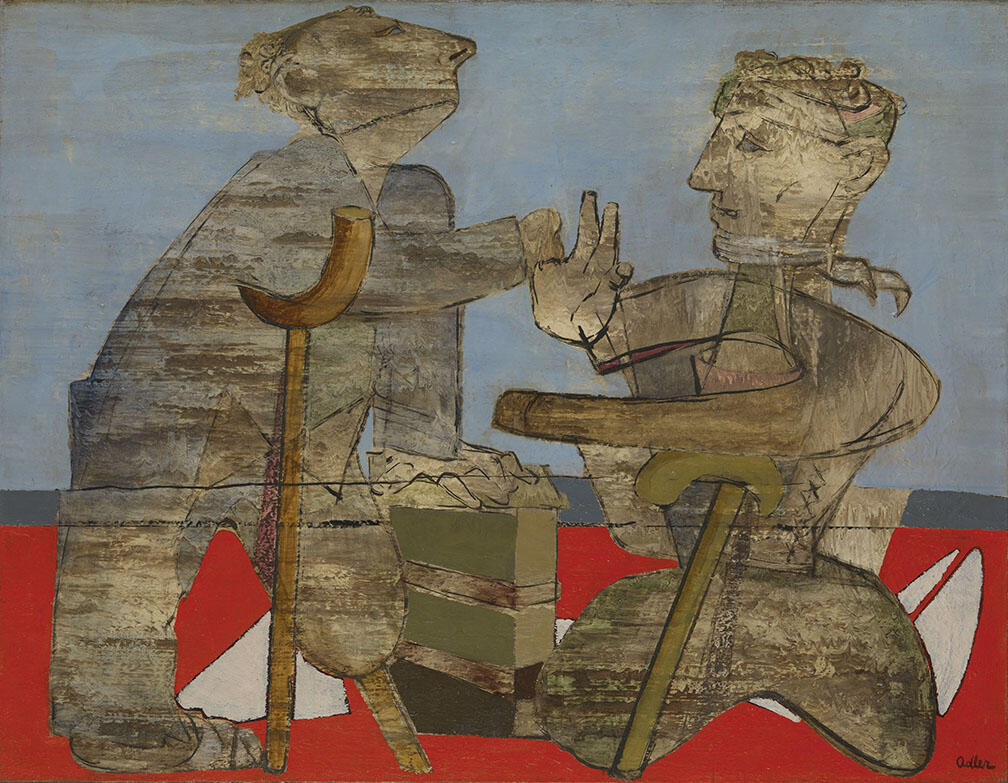
Related Guide
Visual and Material Culture in the Mid-Twentieth Century
Jewish visual art flourished and diversified in the postwar period, reflecting the social and political transformations taking place in the world.
Creator Bio
Yankl Adler
The painter Yankl (also Jankel) Adler was born in Tuszyn (now in Poland) into a Hasidic family. He studied engraving in Łódź in 1913 and received further training in Germany. He later moved back to Łódź and helped to launch the Yung-yidish cultural movement, championing the themes and stylistic features of German expressionism. In 1920, he moved back to Germany, aligning himself with the left-wing avantgarde. His pictures from the Weimar period include no Jewish references. He lived in France from 1933 to 1940 and then fought with the Polish Free Army before being evacuated to Scotland in 1941. He eventually moved to London. He returned to painting Jewish themes in the 1940s, and his work frequently registers the suffering of European Jewry during the Nazi years.
You may also like
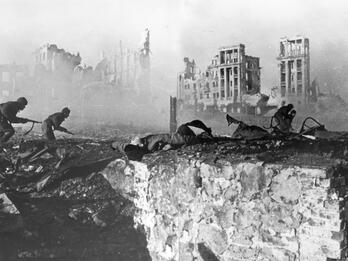
Stalingrad Attack
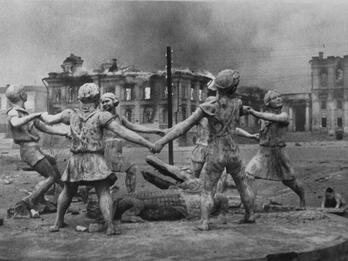
Memories of a Peaceful Time
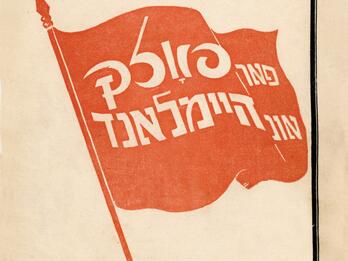
Cover for Peretz Markish’s Book of Poetry, Far folk un heymland (For People and Homeland)

Portrait of Yitzhak Katzenelson
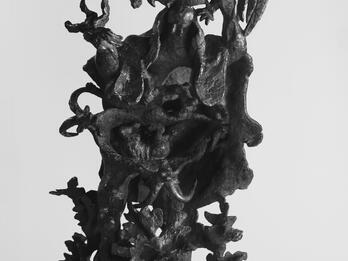
The Prayer


